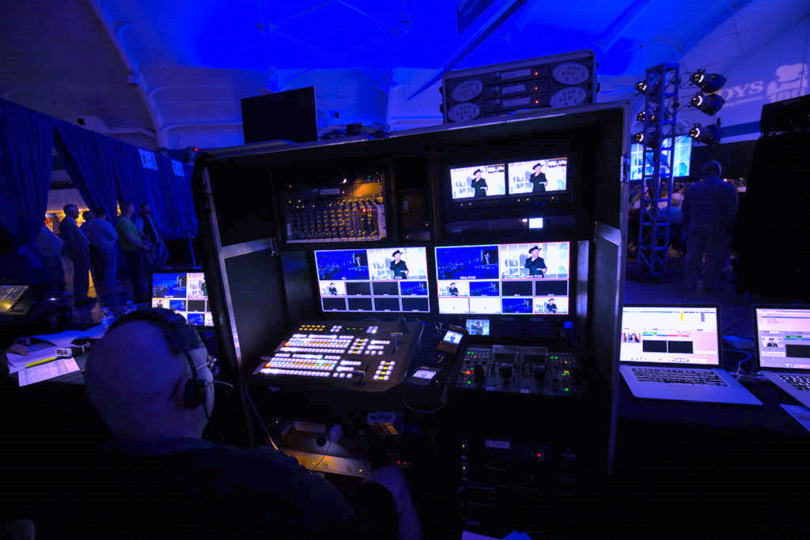Advantages of LED Display Walls Compared to Traditional Projector Systems for Contemporary Visual Displays
LED display screens have grown increasingly popular in multiple environments, such as schools, businesses, and leisure locations. These sophisticated display systems offer numerous advantages over traditional projection technologies. Recognizing these benefits can help companies make knowledgeable decisions about their visual needs. This article will examine the main advantages of Light Emitting Diode video walls, including brightness, visual quality, flexibility, upkeep, and energy conservation.One of the key significant benefits of LED display walls is their brightness. Light Emitting Diode tech produces vibrant and radiant pictures that can be easily seen in multiple lighting conditions. Unlike conventional projectors, which can struggle in well-lit settings, LED display screens maintain their clarity and color precision even in bright rooms. This makes them perfect for external events or places with large windows. The elevated brightness levels ensure that the content displayed is consistently clear, making it easier for audiences to interact with the information being shown.
In furthermore to brightness, Light Emitting Diode video walls provide superior visual clarity. They offer higher resolution and improved hue reproduction compared to traditional projector technologies. This means that pictures and videos displayed on an LED screen appear sharper and more detailed. The dot concentration of LED screens allows for near viewing without losing sharpness, which is especially important in settings like trade fairs or meetings where attendees may be nearby to the display. Furthermore, LED technology can produce richer blacks and more vibrant hues, enhancing the complete aesthetic experience.
Flexibility is another key benefit of Light Emitting Diode display screens. These systems can be configured in various dimensions and forms to fit different spaces and aesthetic needs. Unlike conventional projection systems, which require a specific distance from the screen to function correctly, Light Emitting Diode display screens can be set up in a variety of settings. They can be curved, tiled, or even used in creative arrangements to create distinct display exhibits. This flexibility allows organizations to tailor their display exhibits to suit their particular needs, making LED video screens a versatile choice for any setting.
Maintenance is also a crucial factor when contrasting Light Emitting Diode display walls to traditional projection systems. LED displays generally require fewer maintenance over time. Traditional projectors often need lamp changes and routine maintenance to maintain peak performance. In contrast, LED technology has a longer lifespan and does not require regular changes. This lowers inactivity and upkeep expenses, making Light see this Emitting Diode display screens a more economical option in the long run. Organizations can focus on their presentations rather than worrying about the upkeep of their display technologies.

Finally, energy efficiency is an important consideration for many organizations. LED video walls consume less power compared to conventional projector systems, which can lead to significant savings on power costs. This is especially beneficial for businesses and venues that use screens for long times. Additionally, the reduced power consumption of LED technology contributes to a reduced environmental impact, making it a more sustainable option. By choosing LED video walls, organizations can benefit from premium display screens while also being considerate of their energy use and environmental footprint.
In conclusion, Light Emitting Diode display screens offer many benefits over conventional projector technologies. Their luminosity, visual clarity, flexibility, low maintenance needs, and power conservation make them an superior choice for modern visual screens. As innovation continues to progress, LED display screens are likely to grow even more prevalent in various settings, providing companies with the resources they require to effectively communicate and engage with their viewers.